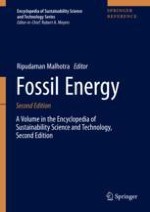2020 | OriginalPaper | Buchkapitel
Coal and Other Mining Operations: Role of Sustainability
verfasst von : Sandip Chattopadhyay, Devamita Chattopadhyay
Erschienen in: Fossil Energy
Verlag: Springer New York
Aktivieren Sie unsere intelligente Suche, um passende Fachinhalte oder Patente zu finden.
Wählen Sie Textabschnitte aus um mit Künstlicher Intelligenz passenden Patente zu finden. powered by
Markieren Sie Textabschnitte, um KI-gestützt weitere passende Inhalte zu finden. powered by
